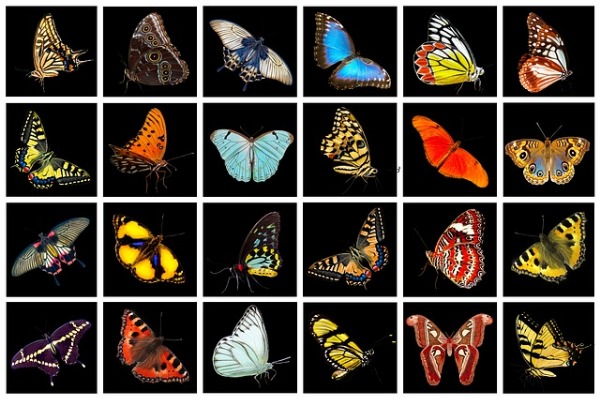Content Curation


Probably your first association with the word “curator” is a person at a museum. The word comes from Latin: cura, meaning “to take care.” The curator of a gallery, museum, library, or archive usually is in charge of an institution’s collections. Those collections are probably tangible objects like artwork or historic items. But the term “content curation” is a more recent variation.
Content curation has become a term associated with the online world. Though some people might do this as a job, such as a social media manager, many of us do it for no pay. If you have a Twitter, LinkedIn, Pinterest, Facebook or other social account, you probably retweet and repost/share content. Curation means that someone has seen value in content and so is sharing it with friends and followers – and potentially with the entire online world.
I think that everyone would agree that some people do this curation with more though and skill than others. A thoughtful curator gathers from a variety of sources, sometimes around a specific topic, and shares the best of what they find. For example, I might follow someone online because they post good information (original or shared) about poetry.
A poor curator probably isn’t a curator at all. You probably have come across people who share silly things, inappropriate links and who may not even vet (make a careful and critical examination of) a link or article before they share it. You might unfriend or unfollow such or person. You might even take the time to try correcting them with a link to snopes.com or some other site that shows their information is incorrect.
And here we get into that term that is so much in the air the past year or two – fake news.
In all my years of teaching, I always had to teach lessons to students from 7th grade to graduate school about how to vet information in doing research. How do you know a source is valid? How do you know that a fact is a fact? Is your information up to date? Can you separate fact from opinion?
I posit that all of us active online need to be good content curators. Just using this blog as an example, I try to be a good curator of the information I put into the online world. I try to follow good curation practices.
I often write original content, but at least half of my content comes from other sources, such as books I am reading, websites, and podcasts. I try to share things that interest me but that I think will interest and help my audience.
Who is “my audience”? After blogging in different places for 12 years, I have learned to look at my statistics and comments for where people come from (geographically) and what content they find most appealing.
As when I taught research, I try to use trustworthy sources. I look for content that is relevant, timely, interesting, useful, and occasionally entertaining.
A good curator gives credit to sources – give a link to the original inspiring article or the book or person. Give readers a way to get additional information if they want to go deeper into a topic.
In the more commercial side of social media that concerns marketing (I do that too), there is the “social media rule of thirds.” This rule says that you should share a third on your original brand (which might be personal) content promotion, a third using curated content by others, and a third about the conversations happening on social media.
You are reading this online, so there is a good chance you are a content curator yourself – whether you know you are or not. Are you a good curator? Leave a comment if you have any thoughts about this either on how others do it well or poorly, or about your own practices.
This article first appeared at Weekends in Paradelle
Comments
No comments